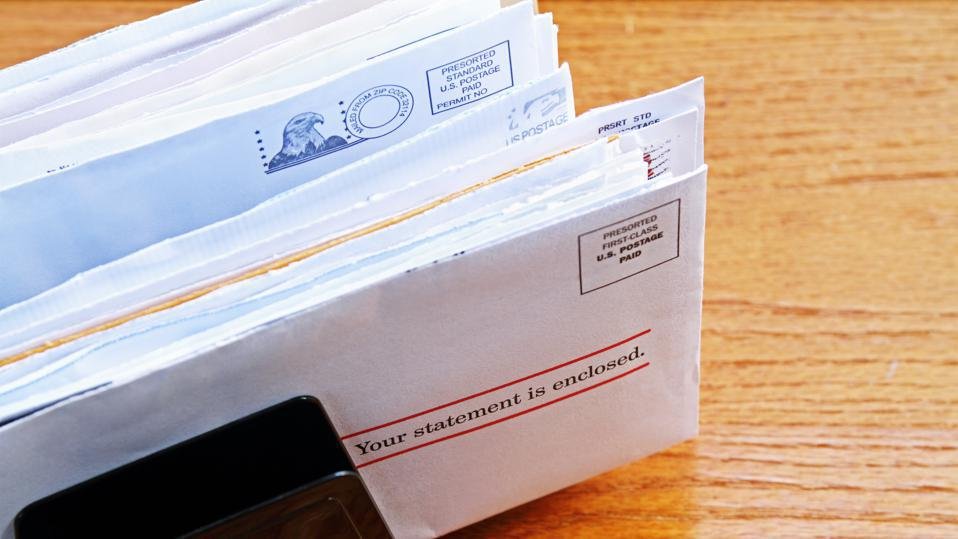Autopay is a service provided by many credit card issuers that automatically makes your monthly payment when a statement is posted. You still control how much to pay and when the payment is deducted. For those who struggle with deadlines or are worried about missing payments, autopay is a helpful tool.
What Are the Types of Autopay?
Across credit card issuers, you’ll encounter three autopay options. These include setting the automatically paid amounts to:
- your minimum payment
- a custom amount
- your full statement balance
Paying the full statement balance is the only option that avoids accruing interest. Paying the minimum amount ensures that you’ll avoid late fees but will lead to the accumulation of interest if additional payments aren’t made. Minimum payments will vary depending on the credit card issuer and the total balance on the credit card. Setting an automatic payment for a custom amount is a third option suitable for paying off larger balances, but, depending on the amount and circumstances, may still result in added interest.
How Do You Start Using Autopay?
Setting up autopay can be done over the phone with a card issuer, through issuers’ mobile apps or online in your account, typically on a payments page or in card payment settings. When autopay is set up, the card issuer is authorized to debit payment from a cardholder’s bank account on a set date each month. This date may be your bill due date or a date you select when enrolling. Autopay payments will be funded from the same account previously used to pay off the credit card bill and can be canceled anytime.
Some credit card issuers may let you set up multiple automatic payments per month, which can be helpful if you’re actively chipping away at your debt and want to do so in smaller installments. If you plan on making additional manual payments in a given month, be aware that your automatic payments will still go through as scheduled.




